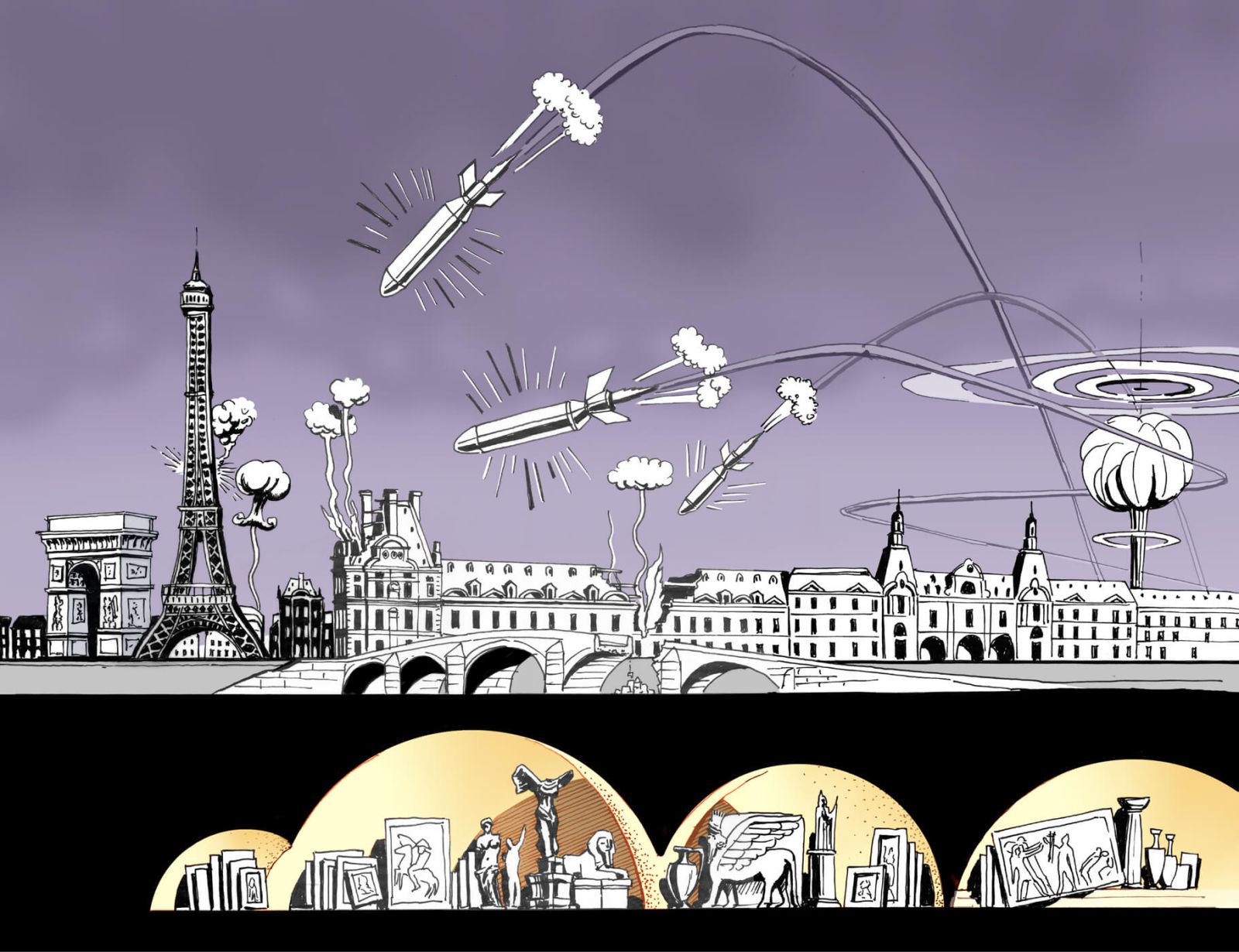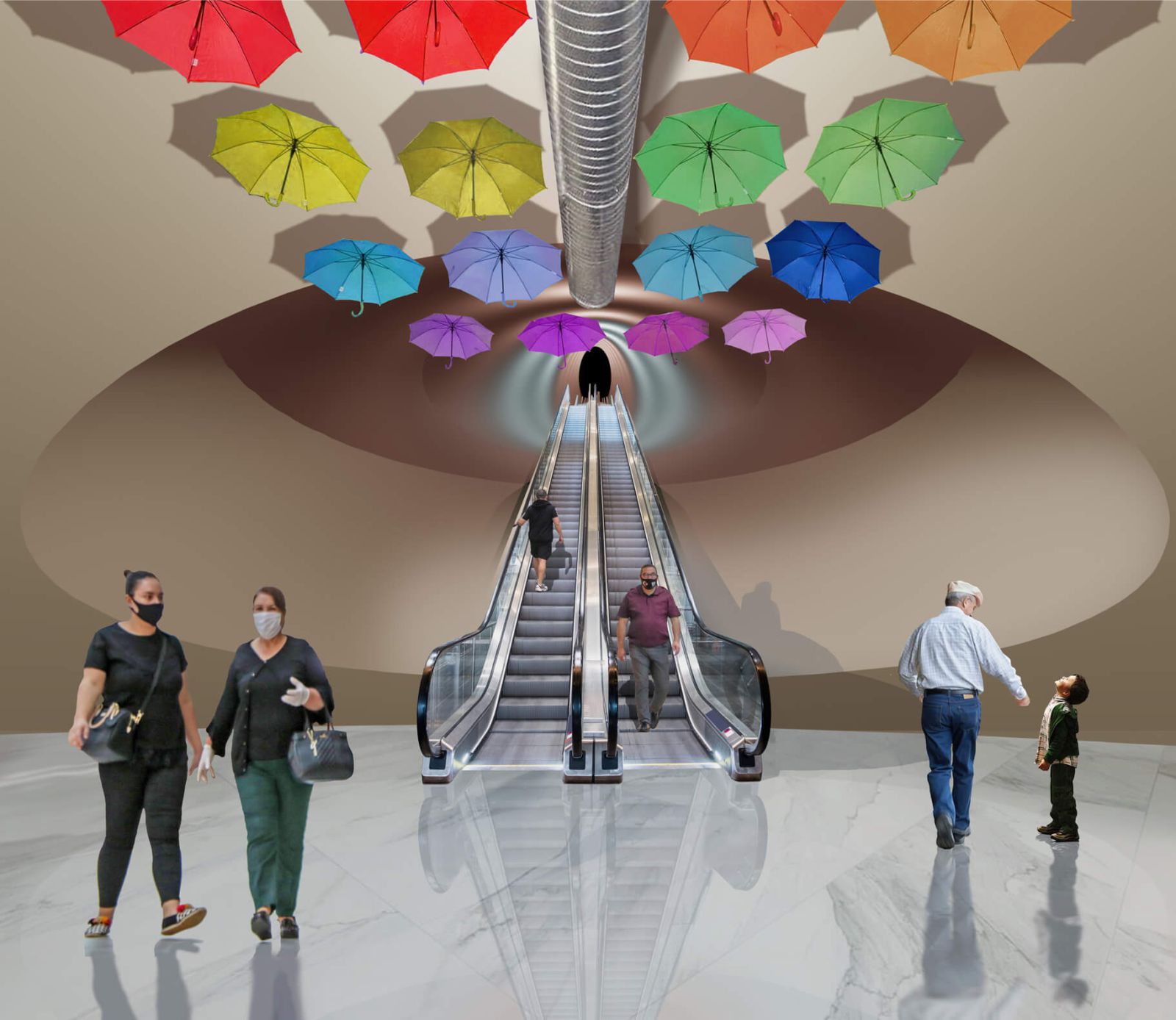The conflicts that have recently flared up between Russia and the countries of the Western Bloc have come into being as a consequence of the ongoing crisis in Ukraine and are generating a second “Cold War” that could well lead to an enduring ideological and cultural tension between the East and the West of the world. This very grave crisis of war is causing the deaths of thousands of victims in both military camps, including unarmed Ukrainian citizens.
And this context of conflict is also generating another victim: the works of art that are being destroyed by the indiscriminate bombardment of cultural assets. Down the centuries this ancient phenomenon, the destruction of art as a result of conflicts between human beings, has caused thousands of masterpieces to be irreversibly lost at every stage of history.

We may remember the mythomaniac Herostratus, who burned down the temple of Artemis at Ephesus, or the iconoclasts who have mutilated statues and frescoes because of religious differences, or again, the conquistadores who plundered the treasures of the Mesoamerican civilisations. Today a new climate of confrontation is not only causing humanitarian disasters, but it is also endangering the world’s artistic heritage, which we think of as the cultural heritage of the human genius.
So given the probability that there will be further disputes between nation states in the future, we should not underestimate the risk that the works of art currently preserved in the most important museums of the Old Continent might be in danger of destruction. Suffice to recall the crimes against cultural assets that have been committed in recent years: we might mention the destruction of the Buddhas of Bamiyan in Afghanistan; the Isis militants who used hammers to smash the statues to pieces at the Mosul museum in Iraq; or the demolition of the monuments of the ancient city of Palmyra in Syria.

These being the threats of our times, it would only be wise to plan for the construction of effective containers that will protect our most important cultural assets: a series of new “Bunker Museums” appended to the museums of the major cultural capitals of Europe and Russia, built underground where they can resist missile attacks and even nuclear detonations. The project proposed here for the Louvre in Paris is one exemplar of a hypothesis that could also be applied to any other museum of world importance.
Designed to be constructed below the large open space of the Place du Carrousel, it consists of 20 intersecting reinforced concrete vaults. The Louvre Bunker Museum would be a safe place where, in time of war, the artefacts of the museum above would be preserved and protected, whilst in peacetime it could be used as an exhibition space for temporary artistic events aimed at promoting peace between the peoples of the world.

Access to the underground exhibition space of the Louvre Bunker Museum would be via a “main escalator corridor” entrance connected to the existing pyramid designed by the architect I. M. Pei. The concrete vaults would be the exhibition halls, and the final 19th canopy would contain a large auditorium for events and public lectures. The WCs, services, bookshop and cafeteria would be at a second underground level.
Emergency evacuation would be via a pair of stair and lift towers leading up from the depths of the Bunker Museum into the Tuileries Garden. This idea of Bunker Museums would ensure the survival of the artistic heritage that has been handed down to us by the civilisations of the past and by the generations of great artists who came before us. Source and images Courtesy of Marchisciana Saverio Adriano.






